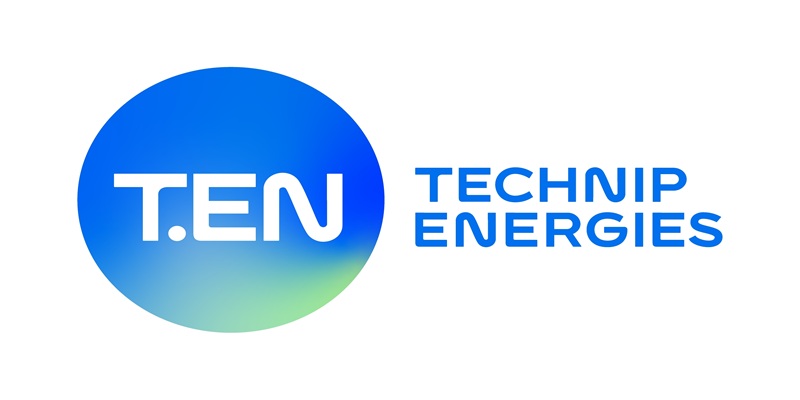Schedule a Call Back
Digitalisation drives efficiency in machine tools
 Industry News
Industry News- May 26,22
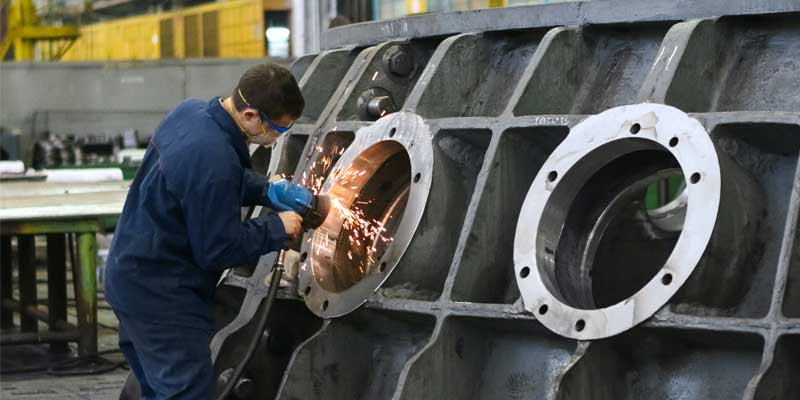
The India machine tools market is expected to exhibit a CAGR of 11.45 per cent during 2022-2027. Rising industrial automation to increase the overall productivity and improve the ergonomics represents one of the significant factors stimulating the market growth in India. Apart from this, an increase in the number of small and medium-sized enterprises (SMEs), along with stringent evaluation criteria on product quality, is bolstering the market growth.
Digitalisation is all set to transform and improve the machine tool industry
By connecting both the digital and real worlds, there will be a chance to create a new, significant potential for boosting the yield and developing entirely new business models. Digitalisation is a rising trend in the industrial space and the procedure of finding its way into every corner of the factory/shop floor.
This applies both to those who assemble and use machines, which include the small and medium scaled enterprises also is applicable to the big players in the industry. Digitalisation plays the vital role for the increase and prosperity in the machine tool sector, both locally and worldwide. The digitisation in manufacturing industry which mainly includes CNC machines, Plant mills, and other machineries used in the factory production is the prospect potential that the internet of things has been promising us.
The main advantage of machine tools is efficiency. Machines generate more production with minor energy and within a limited time. Worker might be more dedicated to their work when they make use of machines. Improvement in the quality and quantity of products, as a machine, ensure high and large production rate.
One the other hand, disadvantages of machine tools are; machines are expensive to buy, maintain and repair. Their maintenance or repairs are costly, difficult to set up and operate without previous training. The pollution caused by machine increases, generating waste, augmenting power or oil use, health disorders can cause injuries if workers do not use personal protective equipment effectively.
Ashutosh Verma, Founder of Exalta India., explained what his company deals with. He said, “We are into the manufacturing of solar consumer durables, electric vehicles, and medical-related products. Our production is very limited, around 5000 units - 7000 units every year. Talking about the manufacturing facilities, we manufacture products which fall into three categories. Our production is focused on quality and is not volume-based. We serve the end-user industry, and some of our customers are Hero Honda, V Guard, etc. We have exported our products to countries like Oman, Afghanistan, Dubai, etc.”
Describing about their activities, Vineet Seth, Managing Director – South Asia & Middle East, Mastercam APAC said, “Mastercam creates software and services that solve the world’s manufacturing challenges. Mastercam’s global network of CAM partners give manufacturers an array of options to make production challenges disappear. Our solutions implement the latest technologies developed by tooling, software, and machine tool manufacturers worldwide. Our 5-axis capability and material removal strategies are top-notch. Attention to detail, superior high-quality surface finish makes Mastercam the definitive tool for the production of everything from dies, moulds, jigs, and fixtures to machine tools, cutting tools, hand tools, and gauges. Our goal is to assist customers achieve highest efficiency in manufacturing and we pride ourselves on partnering with our customers to solve their pain points in machining. Milling, turning, turn-mill/mill-turn, multiaxis machining, robot programming, swiss lathe programming and wireEDM programming are some of the modules that Mastercam supports. In addition to the above, specialist functionality like blade, blisk and impeller programming, port programming and certain automated probing routines are an easy task for Mastercam. From aerospace to automotive and education to energy, Mastercam tackles challenging productivity demands with ease.”
Himanshu Sharma, Head – Marketing & Corporate Communication, B&R Automation elaborated on the functioning of their organisation, “B&R is a member of the ABB group and as a global centre for machine and factory automation strengthens our position of leadership and adds new momentum to our impressive record of sustained growth. We have our global footprint spread across different countries where we provide full support and expertise ranging from hardware to project conception to implementation of the application, including well-established training programs and all of this on-site at your location. Innovations are always the pinnacle of B&R ranging from Industrial IoT, safety technology, vision systems, track technology, open-source technology, etc. We engage our customers in various training because sustainability and self-motivation come from sharing of knowledge and education. From the first prototype to series production, all products are developed and manufactured at our headquarters in Eggelsberg, Austria. Implementing advanced production methods and fully automatic test procedures that comprise the latest technology to ensure our high-quality standards.”
Positive and negative factors affecting the growth of machine tools industry:
While speaking about the performance of the Indian machine tools industry in recent months, also the positive as well as the negative factors affecting the growth, Ashutosh Verma, said, “As the things in the manufacturing sector are getting more focused on the Make in India project, the Indian machine industry is getting more advanced and developed. Efforts are being made to produce those machines and equipment in India, which are being imported until now. The tools and equipment that are being imported cannot be replaced very easily considering the market's requirements. This is a negative aspect. On the other hand, the positive aspect is that, in the coming times, with the change in market conditions and requirements, things will adjust accordingly.”
Vineet Seth adds, “The Indian machine tool industry is doing very well in recent times and is expected to grow in double digits in the year 2022. Due to the recent pandemic and it’s after effects, certain key segments, such as, logistics and semiconductor chips have slowed down manufacturing of newer CNC machines. However, pent up demand has ensured that the order book is full and the sector is growing currently. This has also given rise to a higher demand in the used machine tools market.
Newer manufacturing setups coming up under various schemes in the country are growth promoters, and will help keep the rising demand, steady, for the near future. Government projects in infrastructure and defence are likely to lead the surge in capital investments for manufacturing, while automotive and aerospace markets sustain manufacturing growth for this segment.”
Latest trends
Talking about the latest trends in the machine tools industry, Himanshu Sharma said, “The industries need digital transformation to make their production process more efficient, thus technologies like IIoT, predictive maintenance, digital twins, automation and dark factories, robots and cobots are a few new innovative trends that are surfacing in the market. OEMs and EUs are continuously discussing these trends and how they can help. Industry innovations possess great views for the future, but implementation takes a lot of scrutiny. Understanding and educating oneself for the upliftment needs good knowledge about the products and requirements. The market is flooded with new technologies and trends. Adaptation at the right wavelength requires proper knowledge and being an automation company, we too are focused a lot on developing new products and technologies.”
In addition, Ashutosh Verma, mentioned that, “The latest trends in the industry are majorly taking place in the medical and the robotic industry, and we are focusing on the same. We are working on products related to IoT and communications. We are developing these products by keeping our focus intact on the Make in India project.”
Vineet Seth, remarked, “Modern 3D printing and Robotics are relatively newer technologies – as they have undergone several transformations in the past 2-3 decades, to reach their current avatar. 3D printing has existed for a long time now – and was particularly used as a prototyping tool, when it first evolved. Robots on the other hand were an answer to a string of demands by the automotive industry’s production speed.
Challenges faced by machine tool makers
“The maximum supply of tools and equipment comes from China. But in recent times, because of the disruption created, the availability in the market has been disturbed. The demand and supply ratio has been impacted, and the prices of tools and equipment have increased.” added Ashutosh Verma, commenting on kind of challenges machine tool makers are facing at present.
Following the same discussion, Vineet Seth replied, “Machine tool manufacturers are currently under a lot of pressure due to after effects of Covid, such as semiconductor chip shortages, increase raw material prices, supply chain disruption, return of workforce back to the shopfloor, increase in transport costs, amongst others. A number of components that are imported or sourced out now have a longer delivery cycle, causing a delay in the production of newer machine tools. Further, the shortage of chips as well as non-visibility of delivery timelines of the same is also disrupting production sequence. A large number of skilled workforce that had to go back home during Covid, is still not back in full strength, while the great resignation seems to be affecting key positions in the machine tool industry. On top of this, rising material and oil costs have also added to the troubles and have significantly pushed the pricing of manufacturing and logistics.”
Outlook of the industry
Towards the end, while giving the brief about the outlook of the industry, Himanshu Sharma said, “Machine manufacturers in recent times are transforming their processes by implementing technology solutions. Adaptation to digitalisation has helped them to secure market position and maintaining them has given them the strength to excel more. Proper knowledge of the market and being tech-savvy help the people in this industry to achieve more. Market fluctuations will always be there and are not in anyone’s hands, but utilisation of proper resources and understanding market requirements for a better future takes your time and research in market for rooting one’s position in market. The industry definitely has a lot of reasons to grow; the main reason is high demand for adaptation to digitalisation and technology.”
“We hold a very positive outlook of the industry. The Government has been doing wonderful work in relation to assisting Manufacturing growth, and particularly to MSMEs, who are the backbone of this manufacturing ecosystem. The machine tool segment stands to benefit much from the recent union budget. Just the increase in capital expenditure for FY22-23 should create sufficient demand to regain any lost momentum. Nearly 35 per cent YoY increase is significant in the sense that it will drive manufacturing across many segments, with automotive segment seemingly be the one that gets to access a bigger chunk. In addition to the above, the benefits towards MSMEs will also increase demand for Machine tools in the short to medium term, thereby resulting in a fantastic combination of domestic demand being met by domestic supply situation.” appends Vineet Seth.
Let us visualise this digitalisation as an umbrella for the protection of our smart data and information, not the big data alone. IIOT is the necessary integration for all the components of data on the performance of machines, flow of materials, operations efficiency and finally on the whole productivity.
Related Stories

Garuda Aerospace Inaugurates Drone Battery Facility with DGCA Chief
Garuda Aerospace has inaugurated a drone battery manufacturing facility and a new academic block in Chennai, reinforcing its commitment to building a self-reliant and indigenous drone ecosystem in I..
Read more
INOX Air Products Flags off India’s First PESO-approved LNG Cryogenic Tanker
INOX Air Products has launched India’s first PESO-approved LNG-fuelled cryogenic tanker, enabled by a DPIIT rule amendment and designed to reduce emissions while advancing sustainable industrial l..
Read more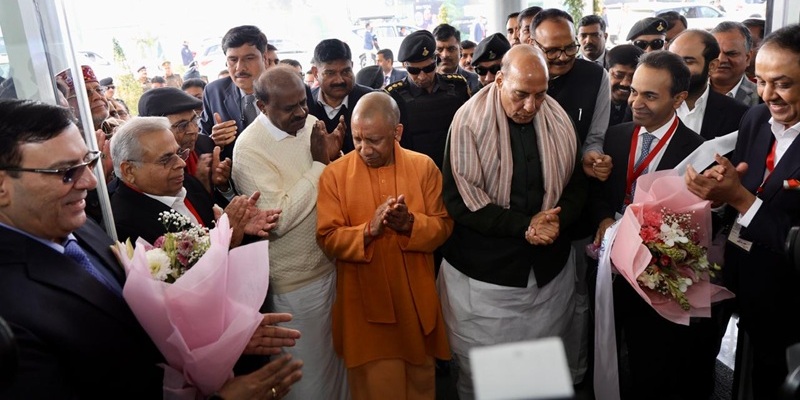
Ashok Leyland opens green mobility-focused greenfield plant in Uttar Pradesh
Designed primarily for electric vehicle manufacturing, the plant has an annual production capacity of up to 5,000 vehicles.
Read moreRelated Products

Bmt Tool Disc and Tool Holders
Prominent Machine Tools offers a wide range of BMT tool disc and tool holders.
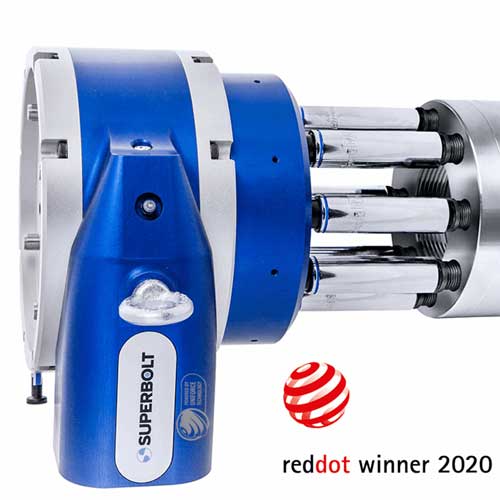
Superbolt Tool
Nord-Lock India Pvt Ltd offers a wide range of Superbolt
tool.
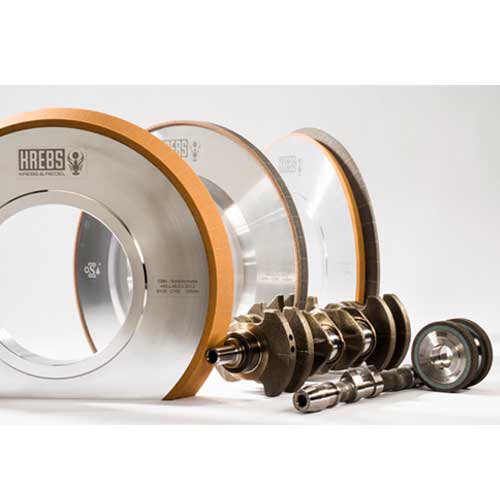
Cbn and Diamond Tools
Krebs & Riedel Abrasives India Pvt Ltd offers a wide
range of CBN and diamond tools.






